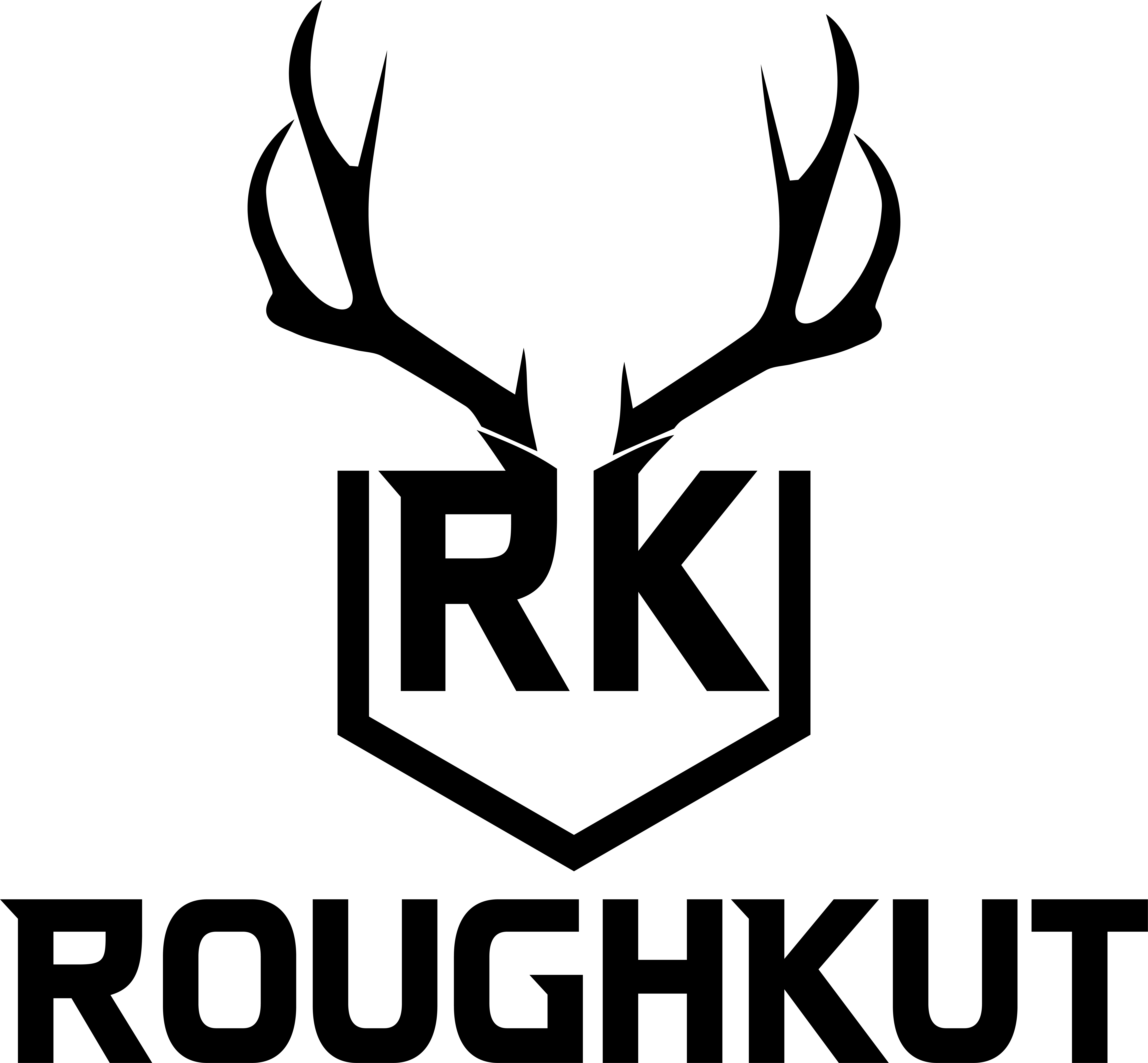Hunting in New York: Seasons, Regulations and Statistics
New York is a state with diverse wildlife and natural beauty, offering hunters a variety of opportunities to pursue their passion. Whether you are interested in hunting big game, small game, game birds, waterfowl or furbearers, you will find something to suit your preferences and skills in the Empire State. However, before you head out to the woods or fields, you need to know some basic information about hunting in New York, such as how to get a license, what seasons and regulations apply, and where to find public land for hunting. This article will provide you with an overview of hunting in New York and help you plan your next hunting adventure.
How to Get a Hunting License in New York
In order to hunt in New York State, you must have a valid hunting license. You can purchase a license from the Department of Environmental Conservation (DEC), or any licensed agent²³. For residents of New York State, a hunting license costs $22 for residents age 16 and over²⁴. A hunting license allows you to hunt small game, big game, and waterfowl⁴.
However, a hunting license alone is not enough for some types of hunting. You may also need additional privileges, permits or stamps depending on what species you want to hunt and when. For example, if you want to hunt deer or bear with a bow or muzzleloader, you need to purchase a bowhunting or muzzleloading privilege respectively². If you want to hunt turkey, you need to purchase a turkey permit². If you want to hunt migratory birds such as ducks or geese, you need to register for the Harvest Information Program (HIP) and buy a Federal Duck Stamp². You can find more details about these requirements on the DEC website².
All first-time hunters must pass one or more courses before they can get a hunting license in New York²⁵. You need to complete a hunter education course if you want to hunt with a firearm or crossbow, and a bowhunter education course if you want to hunt with a bow². These courses are free and teach you the basics of hunting safety, ethics, wildlife management and identification, and more². You can find a course near you on the DEC website².
If you qualify for free/reduced fee licenses based on your age, disability, military service or Native American status, you can apply for them through the DEC website or by mail². You can also purchase lifetime licenses that are valid for your entire life and do not require annual renewals²³.
Hunting Seasons and Regulations in New York
Hunting seasons and regulations vary depending on the type of game and the location of hunting. New York has different wildlife management units (WMUs) that have different seasons and bag limits for deer and bear hunting². You can find maps of WMUs on the DEC website².
The general hunting seasons for deer and bear are as follows²:
- Early Bowhunting Season: October 1 – November 19
- Regular Season: November 20 – December 12
- Late Bowhunting/Muzzleloading Season: December 13 – December 21
However, these dates may differ for some WMUs or zones. For example, there is an early muzzleloading season for deer in some northern WMUs from October 16 – October 22². There is also an extended bowhunting season for deer in some southern WMUs from December 22 – January 31². You can check the specific dates for each WMU on the DEC website².
The bag limit for deer is one deer per tag or permit. You can use your regular-season deer tag to take one antlered deer (with at least one antler three inches long or longer) anywhere in the state during any season open for deer hunting with the appropriate equipment². You can also apply for deer management permits (DMPs) that allow you to take one antlerless deer (with both antlers less than three inches long) in select WMUs during any season open for deer hunting with the appropriate equipment². The application fee for DMPs is $10 for residents age 16 and older².
The bag limit for bear is one bear per year. You can use your regular-season deer tag or bowhunting/muzzleloading privilege to take a bear during any season open for bear hunting with the appropriate equipment. You can hunt bear in the following areas:
- Northern Zone: September 18 – October 15 (bowhunting), October 16 – October 22 (muzzleloading), October 23 – December 5 (regular), December 6 – December 12 (bowhunting/muzzleloading)
- Southeastern Zone: October 1 – November 19 (bowhunting), November 20 – December 12 (regular), December 13 – December 21 (bowhunting/muzzleloading)
- Central-Western Zone: November 27 – December 12 (regular), December 13 – December 21 (bowhunting/muzzleloading)
You can find more details about deer and bear hunting seasons and regulations on the DEC website.
Hunting Seasons and Regulations for Small Game and Game Birds in New York
Besides deer and bear, New York also offers hunting seasons for various small game and game birds, such as squirrels, rabbits, pheasants, grouse, woodcock, turkeys, ducks, geese and more. These seasons and regulations also vary depending on the type of game and the location of hunting. You can find more details about these seasons and regulations on the DEC website.
Some general small game regulations are as follows:
- You may not use a rifle or handgun to hunt pheasant or migratory game birds.
- You may not take a turkey with a rifle, or with a handgun firing a bullet. You may hunt turkey with a shotgun or handgun only when using shot no larger than #2 and no smaller than #8.
- Air guns may be used to hunt squirrels, rabbits, hares, ruffed grouse, and furbearers that may be hunted (e.g., raccoons and coyotes) and unprotected species. Air guns may not be used to hunt waterfowl, pheasant, wild turkey, or big game.
- A bow or crossbow may be used to hunt small game. A crossbow may not be used in Westchester or Suffolk counties.
Some examples of small game and game bird seasons are as follows:
- Squirrel: September 1 – February 28 (statewide)
- Cottontail Rabbit: October 1 – February 28 (statewide)
- Varying Hare: October 1 – March 21 (northern zone), November 27 – January 31 (southern zone)
- Pheasant: October 1 – February 28 (northern zone), November 1 – February 28 (southern zone)
- Ruffed Grouse: September 20 – February 28 (northern zone), October 1 – February 28 (southern zone)
- Woodcock: October 1 – November 14 (statewide)
- Turkey: May 1 – May 31 (spring season), October 16 – November 19 (fall season) (statewide)
- Ducks: Varies by zone and species
- Geese: Varies by zone and species
You can find the specific dates and bag limits for each species and zone on the DEC website.
Hunting Statistics in New York
Hunting is a popular and important activity in New York, contributing to the state’s economy, wildlife management and conservation efforts. According to the DEC, hunting generates an estimated $1.5 billion in economic benefits annually in New York. Hunting also helps control deer populations and reduce human-wildlife conflicts.
According to the U.S. Fish and Wildlife Service, there were about 565,635 hunters in New York in 2016. They hunted for an average of 13 days per year and harvested about 213,061 deer, 1,539 bears, 34,141 turkeys, 82,069 squirrels, 45,621 rabbits, 18,098 pheasants, 15,306 grouse, 9,509 woodcock, 191,883 ducks and 80,099 geese.
The following table shows some statistics about hunting in New York in 2016:
| Species | Hunters | Days | Harvest |
|---|---|---|---|
| Deer | 474,040 | 6.2 million | 213,061 |
| Bear | 61,184 | 0.8 million | 1,539 |
| Turkey | 90,152 | 1.2 million | 34,141 |
| Squirrel | 46,571 | 0.4 million | 82,069 |
| Rabbit | 35,571 | 0.3 million | 45,621 |
| Pheasant | 26,571 | 0.2 million | 18,098 |
| Grouse | 25,571 | 0.3 million | 15,306 |
| Woodcock | 12 ,571 | 0 .1 million | 9,509 |
| Ducks | 41 ,571 | 0 .5 million | 191,883 |
| Geese | 36 ,571 | 0 .5 million | 80,099 |
Hunting in New York is a rewarding and enjoyable activity that offers many benefits to hunters, wildlife and the state. Whether you are a beginner or an expert, you can find a hunting opportunity that suits your preferences and skills in New York. However, before you go hunting, you need to be aware of the license requirements, seasons and regulations, and public land access for hunting in New York. You can find all the information you need on the DEC website or by contacting the DEC staff. By following the rules and being a responsible hunter, you can help ensure the sustainability and safety of hunting in New York for yourself and future generations.




